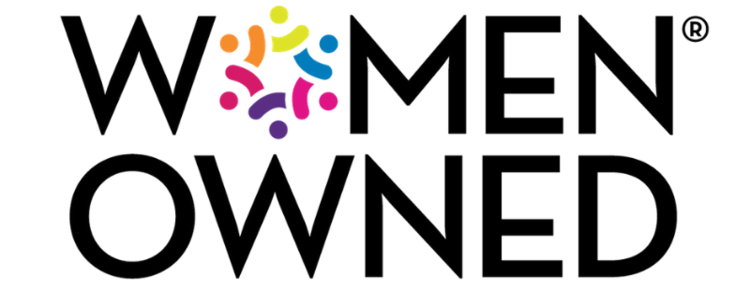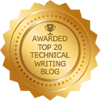We often hear from our clients that staffers often struggle with their writing because they don't know the "basics." But the reality is that it's probably not the basics they don't understand; rather, it's that the organization hasn't standardized its writing process or provided staff with a clear roadmap in terms of the organization expects from its documents and how its writers are supposed to acheive those standards.
In fact, individual subject matter experts and departmental team members may have different levels of understanding about writing concepts. As a result, the writing and reviewing processes can be highly subjective. Questions that you answer for one staffer may be contradicted by another team member, or reviewer, and the cycle repeats, which wastes everyone’s time and increases frustrations.
The best way to stop this is to standardize expectations among your team and across departments. Two simple steps will help you accomplish this:
- Provide standardized writing training
- Create a style guide
The value of writing training Cohesive training gives all stakeholders writing skills that aren’t based on subjective values, but on objective readability studies and proven approaches.
Training is most effective when it includes professionals from all levels of your company. That way, everyone who touches your company’s documents will have the same high-level information about how to structure and write documents, from planning through revision.
If you can’t provide training for everyone simultaneously, start with the front-line writers and reviewers. Doing so will give those experts the confidence and rationale to produce and defend strong documents. They’ll know what makes an effective sentence instead of basing their judgment on personal preference. And they’ll understand how to analyze and write for a target audience.
Develop a style guide
After training your team, create a style guide that includes the skills they’ve learned as well as any company-specific writing tips. You can buy general guides off the shelf; the Chicago Manual of Style is a popular choice for technical and scientific writing. Or you can have a guide developed specifically for your organization. Just be sure that the contents are based on sound, solid research.
The sooner you have a standardized process, the sooner you’ll see improvements in your documents and the sooner you’ll reduce the time you spend fixing writing problems, answering repetitive questions, and addressing contradictions.
Remember, the documents that you produce are the face of your organization. Standardized training and a reliable style guide will help you present its best side.


